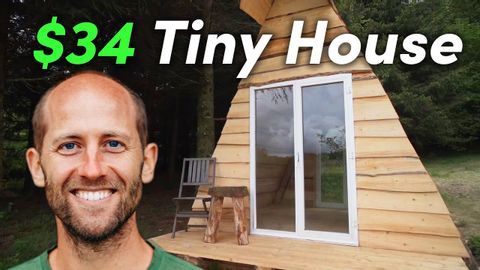
Subtitles & vocabulary
We Built A $34 Tiny House In 3.5 Days
00
Summer posted on 2020/06/08Save
Video vocabulary
straight
US /stret/
・
UK /streɪt/
- Adjective
- Not having curves, bends, or angles
- Not gay; heterosexual
- Adverb
- in a line; immediately; honestly and directly
- In a straight line; directly.
A2TOEIC
More realize
US /ˈriəˌlaɪz/
・
UK /'ri:əlaɪz/
- Verb (Transitive/Intransitive)
- To become aware of or understand mentally
- To achieve or make something happen.
A1TOEIC
More structure
US /ˈstrʌk.tʃɚ/
・
UK /ˈstrʌk.tʃə/
- Noun (Countable/Uncountable)
- The way in which the parts of a system or object are arranged or organized, or a system arranged in this way
- A building or other man-made object.
- Transitive Verb
- To plan, organize, or arrange the parts of something
A2TOEIC
More sustainable
US /səˈsteɪnəbl/
・
UK /səˈsteɪnəbl/
- Adjective
- Capable of continuing for a long time
- Able to be maintained without running out of
B2
More Use Energy
Unlock All Vocabulary
Unlock pronunciation, explanations, and filters
